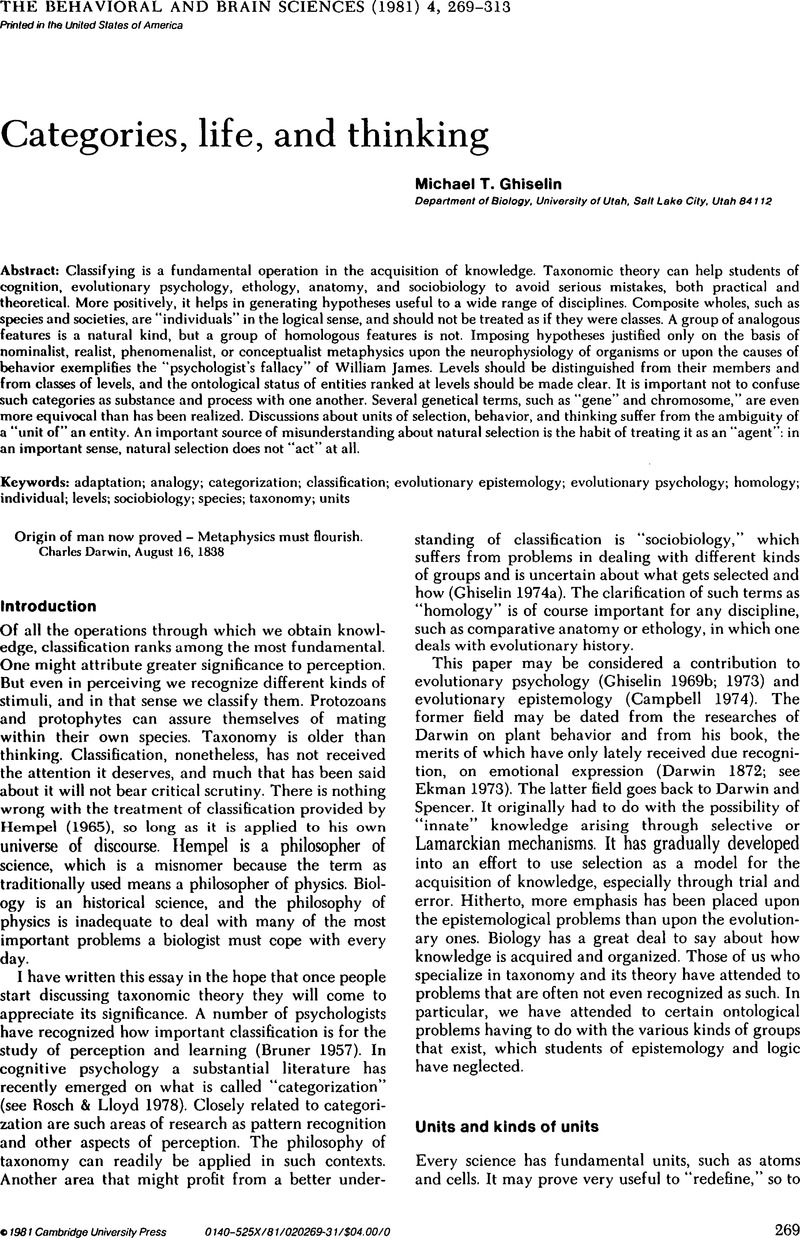Crossref Citations
This article has been cited by the following publications. This list is generated based on data provided by Crossref.
Butterworth, George
1990.
Sensory-Motor Organizations and Development in Infancy and Early Childhood.
p.
57.
Dent-Read, Cathy H.
and
Szokolszky, Agnes
1993.
Where Do Metaphors Come From?.
Metaphor and Symbolic Activity,
Vol. 8,
Issue. 3,
p.
227.
Butterworth, George E.
1994.
Annals of Theoretical Psychology.
p.
1.





